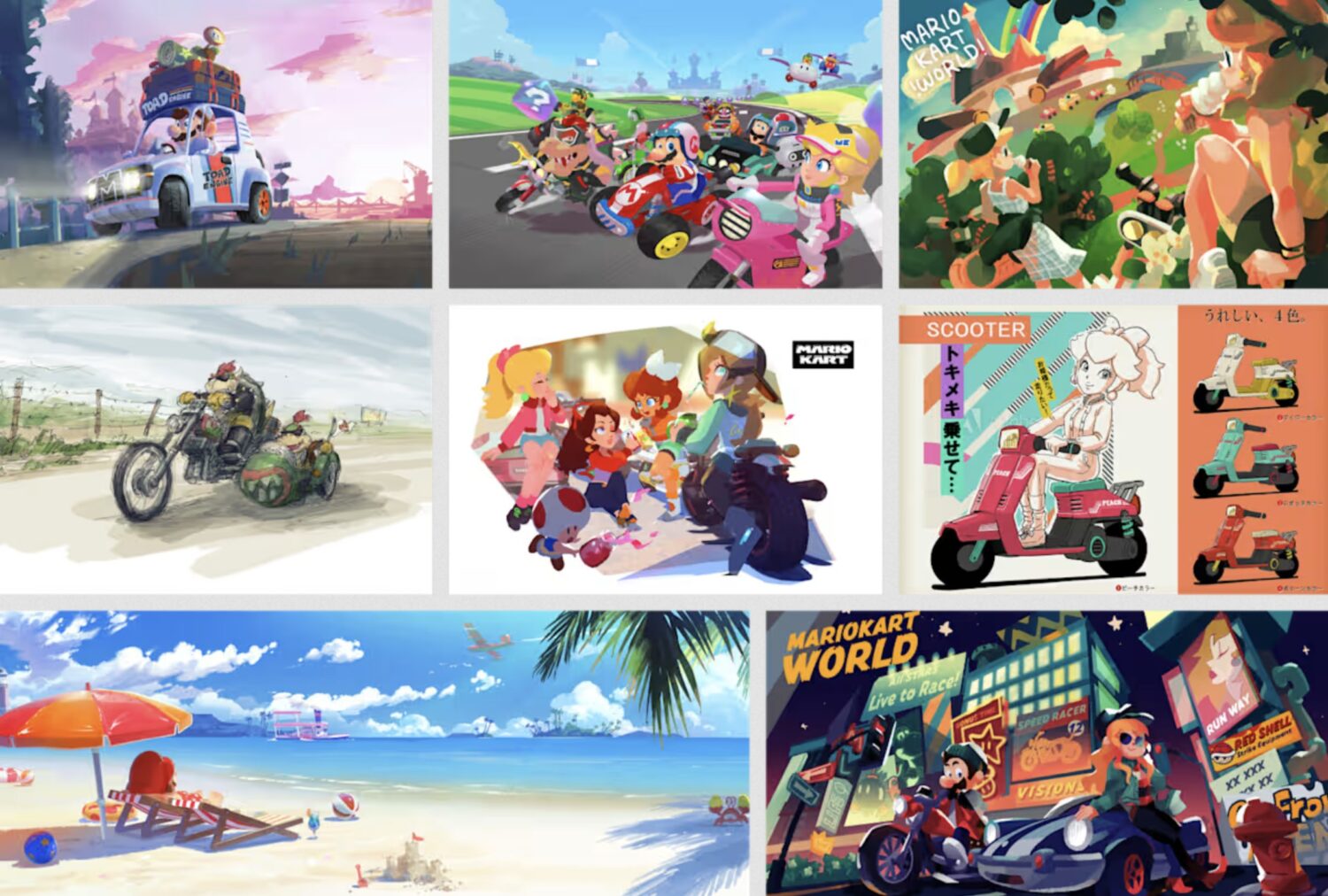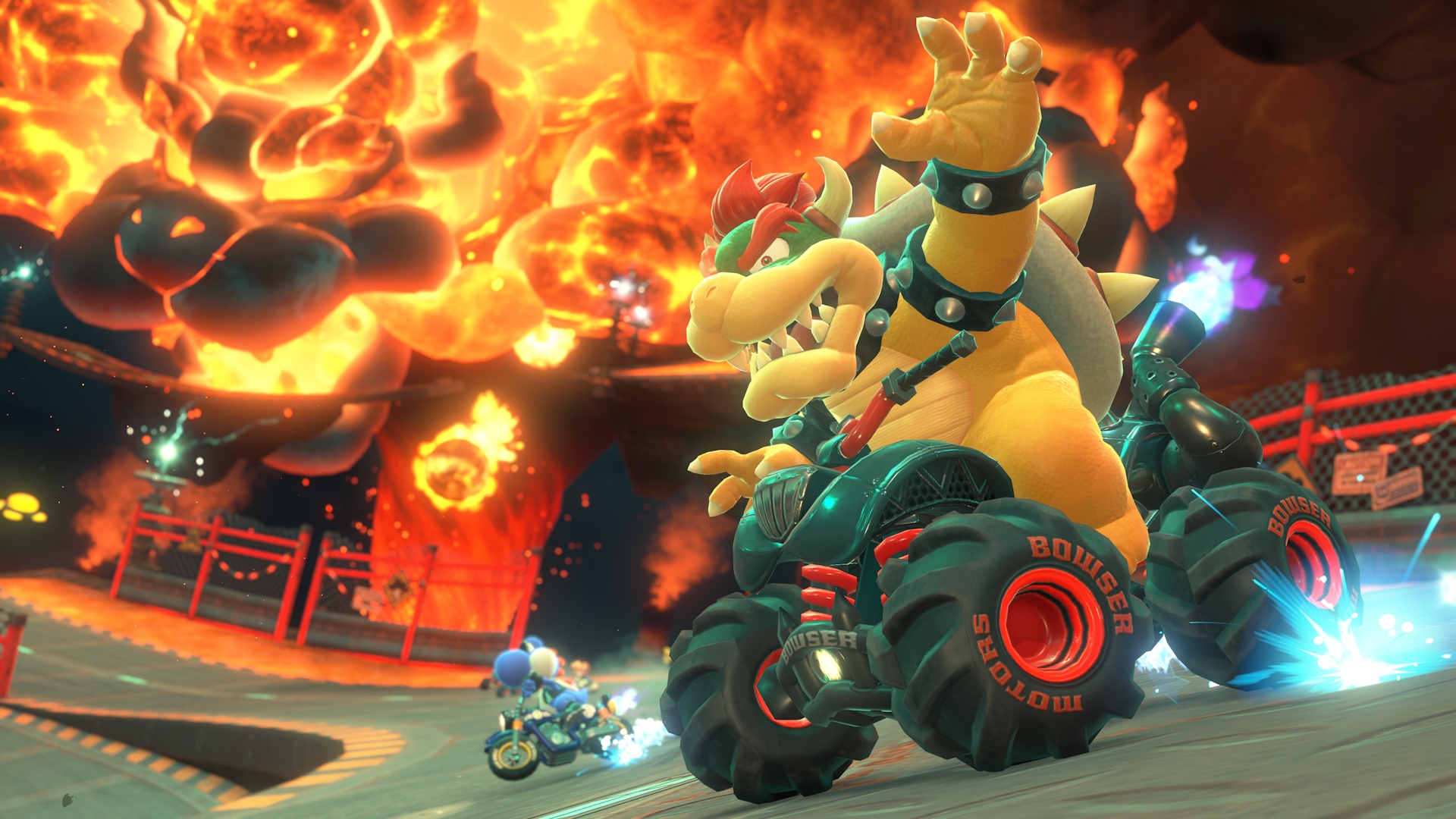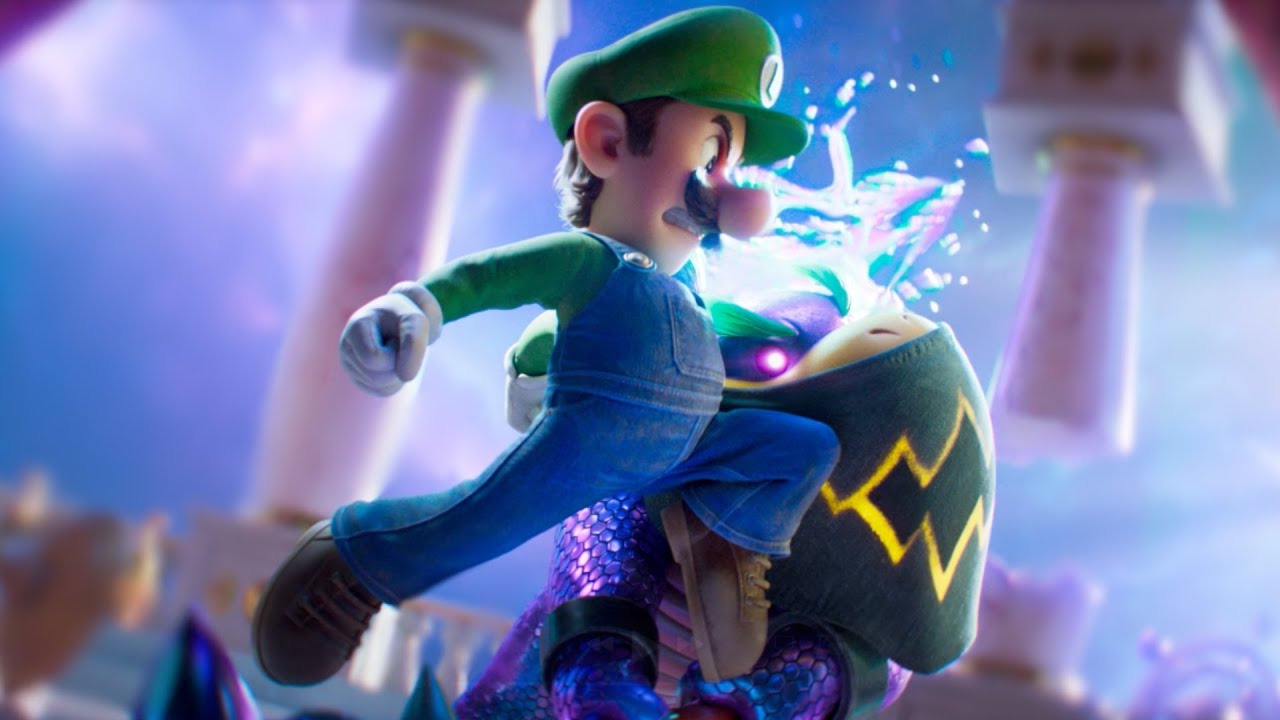Mario Kart World: Behind the Scenes of Course Placement and Environmental Design
Nintendo's Mario Kart series has long been celebrated for its vibrant tracks, innovative gameplay, and global fanbase.
In the latest installment, Mario Kart World, available on the Nintendo Switch, the development team raised the bar by intricately weaving the game's courses together within a cohesive world map.
The recent Mario Kart World developer interview sheds light on how the team approached this ambitious environmental design, ensuring each course retained its unique identity while contributing to the larger universe. According to insights shared in the interview, the foundation of Mario Kart World's map design began with collaborative discussions and conceptual sketches.
Jikumaru, a key member of the development team, initially created a rough map to determine the placement of existing courses using compass directions as a guide.
Each map section embodies a distinct setting and climate—ranging from arid deserts to snow-laden mountains.
This approach allowed for a natural distribution of courses such as the familiar Shy Guy Bazaar, positioned in the world’s drier regions, and snowy peaks purpose-built for high-altitude racing challenges. Ishikawa, another pivotal developer, elaborated on the decision-making process for course placement and scenic design.
"We observed that as you progress west, the climate appears drier, so we placed the Shy Guy Bazaar course in that locality, near Desert Hills," Ishikawa explained.
"Conversely, moving northeast, the landscape becomes colder, providing an ideal backdrop for courses centered on snow and alpine features.
Our priority was to develop seamless routes and transitions so that the scenery changes subtly, immersing players in new environments without abrupt shifts." A crucial aspect of this design philosophy was ensuring that every Mario Kart World course maintained its distinctive gameplay characteristics.
Jikumaru noted that integrating these varied tracks into a single world was challenging, as each course had unique elements and visual themes.
The task was to find contextual links that allowed the world to feel interconnected rather than fragmented. Ishikawa reinforced the importance of contextual continuity, referencing feedback from the terrain lead.
"Each course was constructed around an individual concept, but if the connecting terrain felt too barren, it would divide the world into disjointed sections," said Ishikawa.
"It was essential for us to create meaningful contrasts—like transitioning from Mario Bros.
Circuit onto a broad road reminiscent of Route 66, where the scenery gradually evolves from bustling cityscapes to desert landmarks similar to Monument Valley, and ultimately into a metropolis.
These transitions were carefully planned to maintain immersion and surprise players with nuanced environmental changes." With Mario Kart World now part of the Nintendo Switch library and available for purchase on the eShop, these behind-the-scenes details highlight the dedication and artistry behind its acclaimed track design.
The development team’s commitment to connecting varied landscapes seamlessly and creatively reinforces why Nintendo continues to lead the way in imaginative, engaging gameplay experiences for fans worldwide.
In the latest installment, Mario Kart World, available on the Nintendo Switch, the development team raised the bar by intricately weaving the game's courses together within a cohesive world map.
The recent Mario Kart World developer interview sheds light on how the team approached this ambitious environmental design, ensuring each course retained its unique identity while contributing to the larger universe. According to insights shared in the interview, the foundation of Mario Kart World's map design began with collaborative discussions and conceptual sketches.
Jikumaru, a key member of the development team, initially created a rough map to determine the placement of existing courses using compass directions as a guide.
Each map section embodies a distinct setting and climate—ranging from arid deserts to snow-laden mountains.
This approach allowed for a natural distribution of courses such as the familiar Shy Guy Bazaar, positioned in the world’s drier regions, and snowy peaks purpose-built for high-altitude racing challenges. Ishikawa, another pivotal developer, elaborated on the decision-making process for course placement and scenic design.
"We observed that as you progress west, the climate appears drier, so we placed the Shy Guy Bazaar course in that locality, near Desert Hills," Ishikawa explained.
"Conversely, moving northeast, the landscape becomes colder, providing an ideal backdrop for courses centered on snow and alpine features.
Our priority was to develop seamless routes and transitions so that the scenery changes subtly, immersing players in new environments without abrupt shifts." A crucial aspect of this design philosophy was ensuring that every Mario Kart World course maintained its distinctive gameplay characteristics.
Jikumaru noted that integrating these varied tracks into a single world was challenging, as each course had unique elements and visual themes.
The task was to find contextual links that allowed the world to feel interconnected rather than fragmented. Ishikawa reinforced the importance of contextual continuity, referencing feedback from the terrain lead.
"Each course was constructed around an individual concept, but if the connecting terrain felt too barren, it would divide the world into disjointed sections," said Ishikawa.
"It was essential for us to create meaningful contrasts—like transitioning from Mario Bros.
Circuit onto a broad road reminiscent of Route 66, where the scenery gradually evolves from bustling cityscapes to desert landmarks similar to Monument Valley, and ultimately into a metropolis.
These transitions were carefully planned to maintain immersion and surprise players with nuanced environmental changes." With Mario Kart World now part of the Nintendo Switch library and available for purchase on the eShop, these behind-the-scenes details highlight the dedication and artistry behind its acclaimed track design.
The development team’s commitment to connecting varied landscapes seamlessly and creatively reinforces why Nintendo continues to lead the way in imaginative, engaging gameplay experiences for fans worldwide.






